Editorial: In the struggle for national independence and freedom, every glorious feat was written with the blood, sweat and intelligence of ordinary yet great Vietnamese people.
Not only the bravery on the front lines, but also in the war zone there were scientists , engineers, soldiers and patriotic farmers who day and night researched and invented weapons, equipment and logistical solutions with a strong Vietnamese imprint.
From the famous bazooka on the battlefield, the legendary bicycle to inventions serving medicine , transportation, communication... all have contributed to creating the people's battlefield.
On the occasion of the 80th anniversary of National Day, September 2, Dan Tri newspaper respectfully introduces the series of articles "Inventions in the war zone that contributed to independence" , to honor the Vietnamese people's relentless creativity, shining in the most difficult conditions.
Urgent need for anti-tank weapons
Sharing with Dan Tri newspaper reporter, Lieutenant Colonel, Doctor Tran Huu Huy, Vietnam Institute of Defense Strategy and History said that during the resistance war against France, after its establishment, military workshops in regions and provinces across the country built 168 engineering workshops.
In addition, there are many small weapons repair teams established by the resistance government and mass organizations in districts and communes.

Professor Tran Dai Nghia when he was young (Photo: Document).
On September 16, 1946, young man Pham Quang Le (later named Tran Dai Nghia by Uncle Ho) followed Uncle Ho on a special train to the South of France to begin his journey back to Vietnam.
To overcome the shortage of ammunition to serve the long-term resistance of our army and people, on February 4, 1947, the Military Ordnance Department was established and Architect Tran Dai Nghia became the Director of the Department.
According to the documents of the Department of Cultural Heritage, in Giang Tien town ( Thai Nguyen ) there was a power plant built by French colonial mine owners in 1920, at the foot of Tay May hill, with the aim of providing electricity for coal mining in Phan Me and Lang Cam.
After the August Revolution succeeded, they left behind the factory and many machinery and equipment, raw materials located in the Viet Bac War Zone belt, very convenient for protection, support, and provision of material resources, weapons, equipment, etc.
The Military Ordnance Department chose this place to establish a weapons manufacturing and repair workshop. The first weapon that Engineer Tran Dai Nghia researched and manufactured was the Bazooka gun based on an existing model.
The image of an engineer diligently calculating the burning rate, testing gunpowder, day and night with a ruler in hand... has become all too familiar to the officers of the War Zone.

Vietnamese Bazooka on display at the Vietnam Military History Museum (Photo: Phuong Mai).
The cadres of the war zone later recounted that they were very afraid when passing through his room because it was a very dangerous place. The room was only about 10 square meters and was filled with all kinds of explosives, with bags of explosives scattered everywhere… the engineer also had a habit of smoking while thinking.
The job seems simple, but when you start doing it, it is not simple at all. The reason is that we lack machines, materials, and skilled workers...
This type of anti-tank weapon was provided to our army by the Allies during the Japanese occupation. When we started researching and producing it, we encountered many difficulties but did not achieve any results.
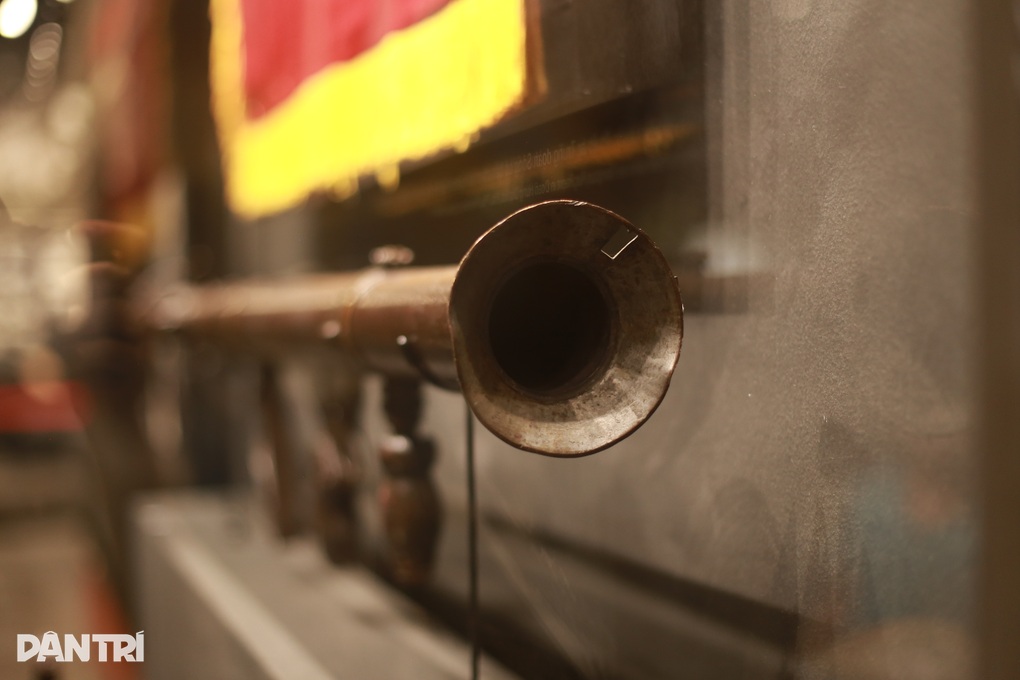
The muzzle of a Vietnamese Bazooka is displayed at the Vietnam Military History Museum (Photo: Phuong Mai).
Therefore, he had to research to adapt the design and structure of the gun to suit our scarce raw materials and processing conditions.
Although the work is difficult, the working conditions are poor and dangerous, and the material life is still miserable in every way, Mr. Nghia never neglects his duties.
He worked so hard that he forgot to eat and sleep. One day, everyone called him to eat, but he just sat there motionless, absorbed in studying weapons documents.
He often sat up to work with a pen and an oil lamp at night. In his shirt and trouser pockets were all the necessary components and tools for research.
In a situation of shortages on all sides, no electric welding machine, no modern equipment, every step of making a bazooka was a challenge.
However, thanks to the determination and support of ethnic people, young engineers, officers and workers of Giang Tien Ordnance Factory have turned hardship into creative motivation.
First, it is necessary to machine the bullet head and bullet body from solid steel and aluminum blocks, the bronze cone from cast bronze, the bullet tail tube, and the propellant chamber, also machined from solid steel.
Without electric welding, workers used tin to attach the tail fin to the bullet stem.
The most challenging part is the calculation: the propellant chamber, the air nozzle, the propellant dose, the explosives… all require meticulousness and absolute precision.
The gun was born in poverty to burn enemy tanks.
Buried in the passion of research, assembling and testing many times, the Bazooka weapon product was completed by Engineer Tran Dai Nghia in early 1947 (following the American model - ATM6A1). This was our modern weapon at that time, mainly used to destroy tanks.
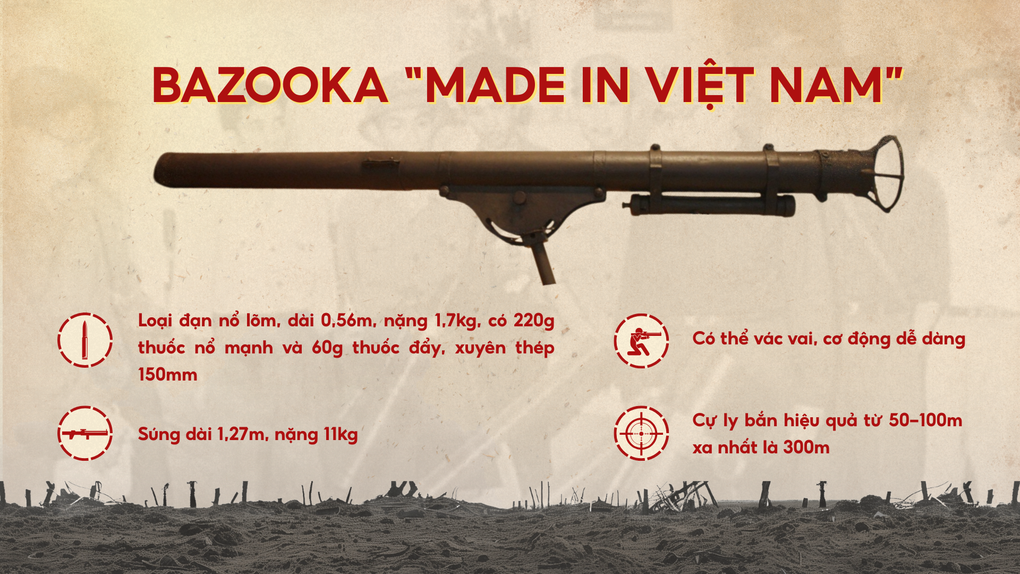
Information about the Bazooka gun made by engineer Tran Dai Nghia (Graphics: Phuong Mai).
"The Bazooka bullet is a hollow-point bullet, 0.56m long, weighs 1.7kg, has 220g of high explosive and 60g of propellant, and can penetrate 150mm of steel. The gun is 1.27m long, weighs 11kg, can be carried on the shoulder, and is easy to maneuver. The effective shooting distance is from 50-100m, the farthest is 300m", Dr. Huy shared.
Immediately after successful manufacture, under the direction of Commander-in-Chief Vo Nguyen Giap, the first two Bazookas and 10 bullets were transported and delivered to the troops at the Hanoi Front.
On March 2, 1947, the “Made in Vietnam” Bazooka first entered the battle . Our troops used the Bazooka to destroy two French tanks in Chuc Son - Chua Tram (Chuong My, Ha Dong), causing confusion in the French army and contributing to breaking the enemy's advance.
This first victory made the soldiers proud, was praised by the General Command and Uncle Ho, and became a milestone in the Vietnamese military industry.
According to Dr. Huy, not long after, the Bazooka was widely used on all fronts across the country, contributing to the national liberation of our army and people in the resistance war against France.
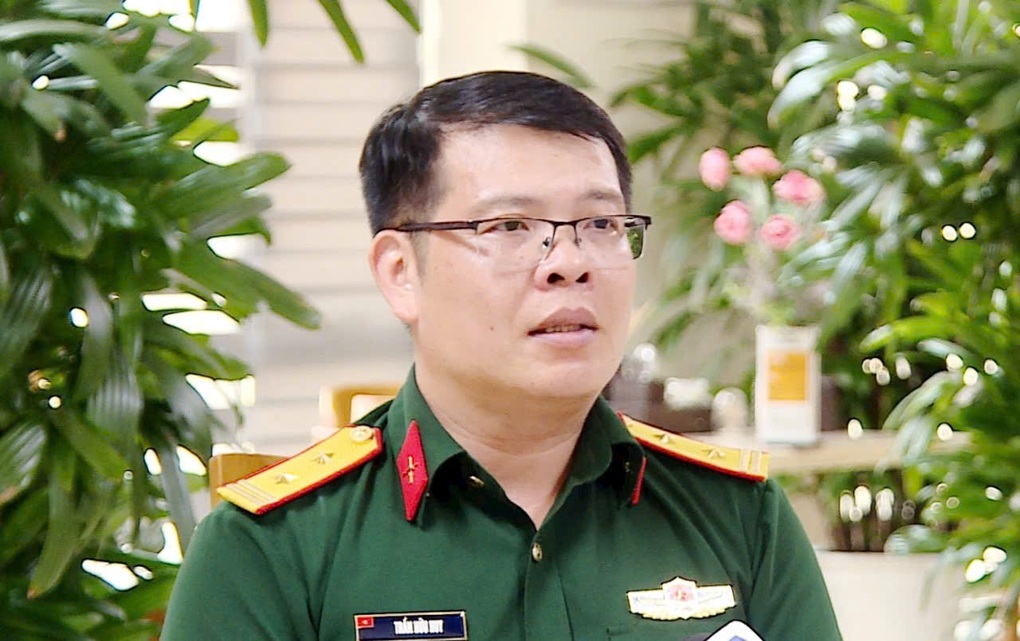
Lieutenant Colonel, Dr. Tran Huu Huy, Vietnam Institute of Defense History and Strategy (Photo: Provided by the character).
With typical historical evidence, the Military Weapons Factory - where the Bazooka gun was successfully manufactured (in 1947) in Giang Tien, Thai Nguyen was ranked as a National Historical Relic by the Minister of Culture and Information (now the Minister of Culture, Sports and Tourism) in Decision No. 98/2004/QD-BVHTT dated December 15, 2004.
"The birth of the Vietnamese Bazooka is the result of the spirit of tireless scientific work, symbolizing the extraordinary bravery, intelligence and creativity of Vietnam in the harsh challenges of history," Dr. Huy affirmed.
This was also the first important contribution of Professor Tran Dai Nghia in the early period of the resistance war against French colonialism.
This new weapon not only helped our army effectively deal with French colonial tanks and armored vehicles, but also opened a turning point in the construction of the country's fledgling defense industry.
In reality, later on in the battlefield, our troops not only used bazookas to shoot tanks and armored vehicles, but also used them to shoot enemy machine gun nests, fortified bunkers, motor vehicles, enemy warships patrolling on the riverbank, and groups of infantry when they gathered in large numbers.
Source: https://dantri.com.vn/khoa-hoc/bazooka-viet-nam-ky-tich-tu-can-phong-10-met-vuong-khien-dich-khiep-so-20250827072802619.htm



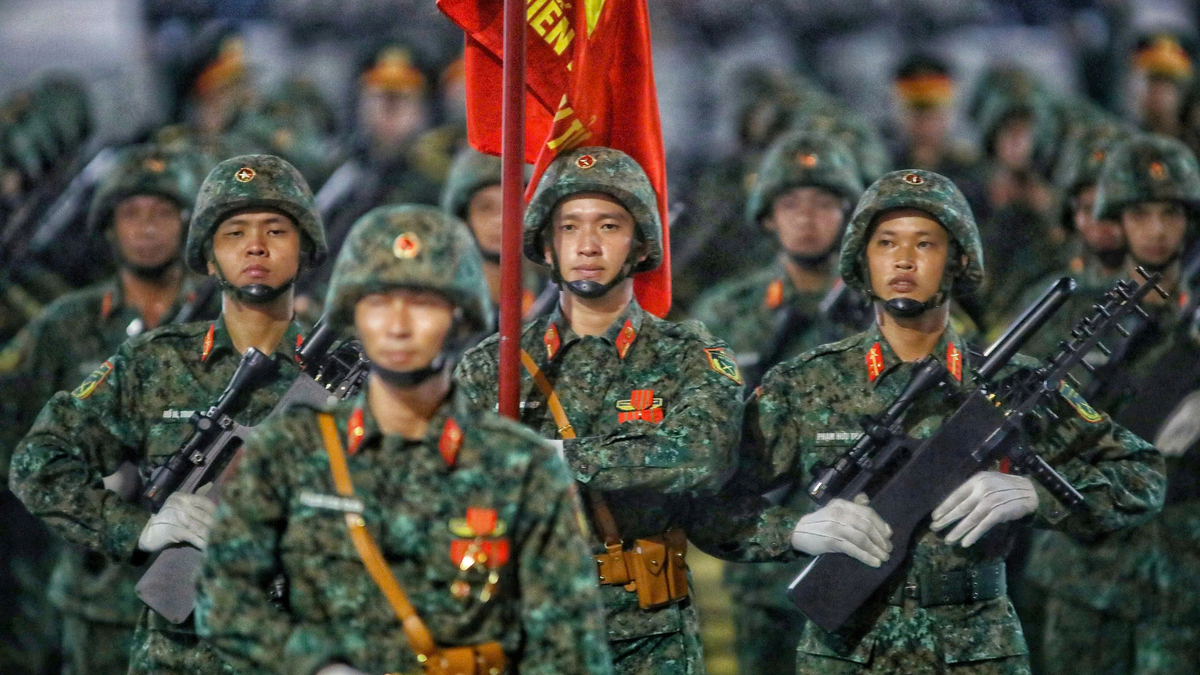
![[Photo] Images of the State-level preliminary rehearsal of the military parade at Ba Dinh Square](https://vphoto.vietnam.vn/thumb/1200x675/vietnam/resource/IMAGE/2025/8/27/807e4479c81f408ca16b916ba381b667)
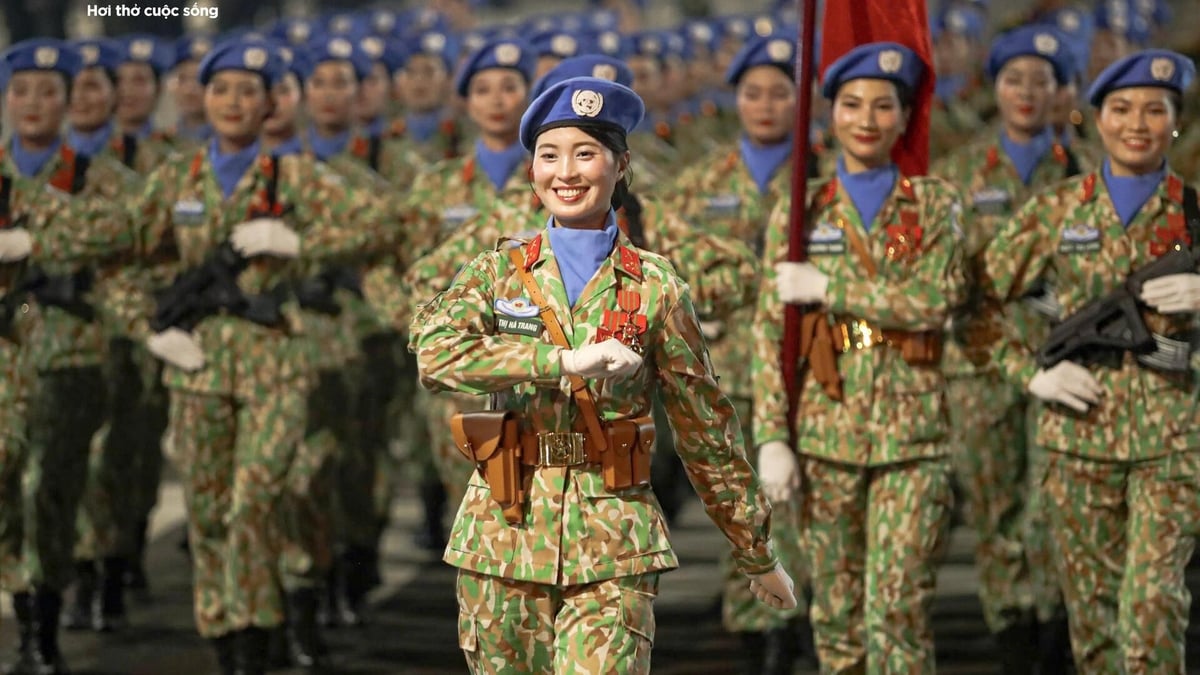
![[Photo] Parade blocks pass through Hang Khay-Trang Tien during the preliminary rehearsal](https://vphoto.vietnam.vn/thumb/1200x675/vietnam/resource/IMAGE/2025/8/27/456962fff72d40269327ac1d01426969)
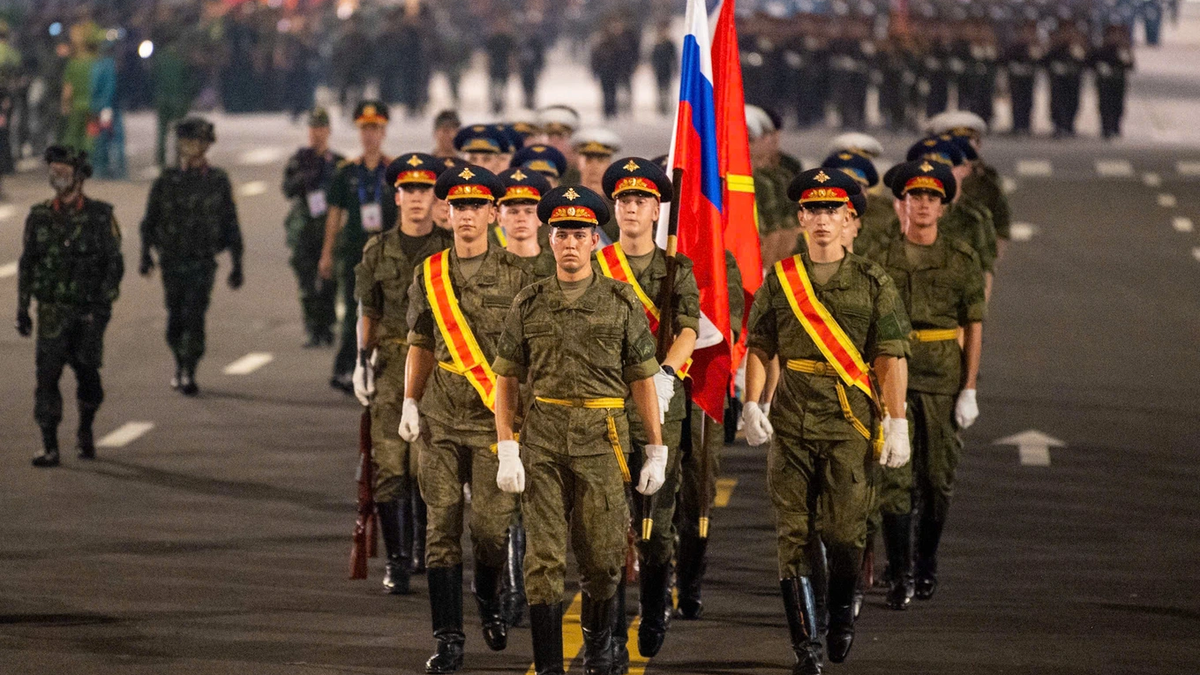
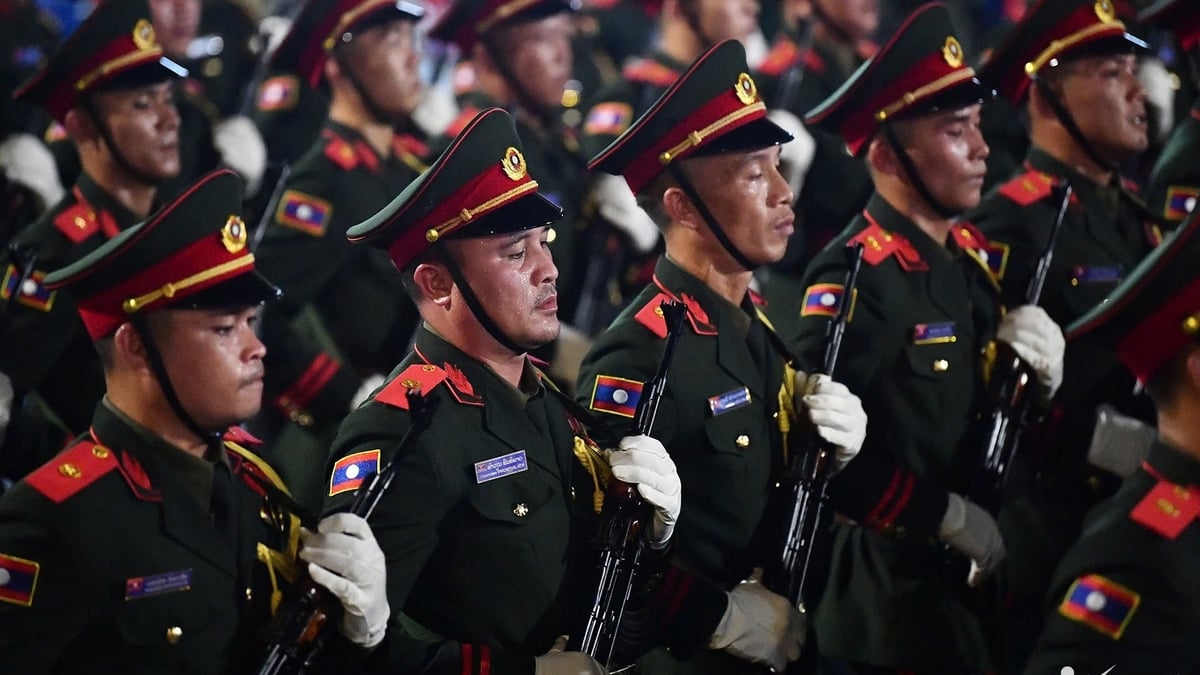
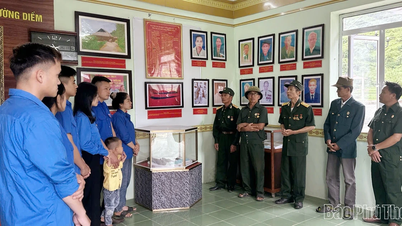



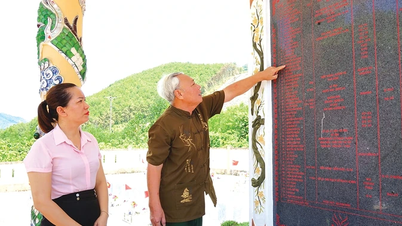

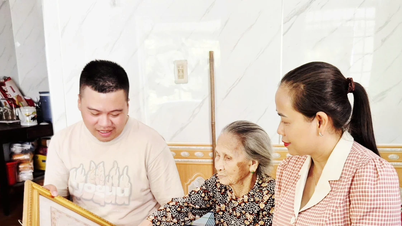
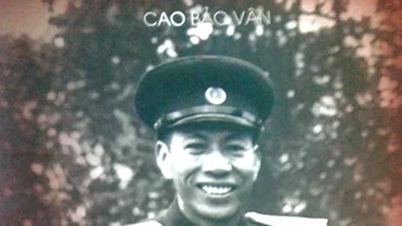

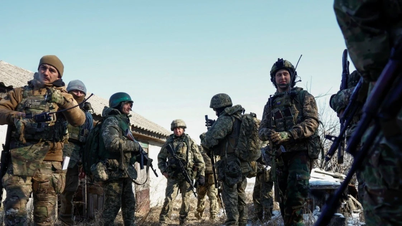



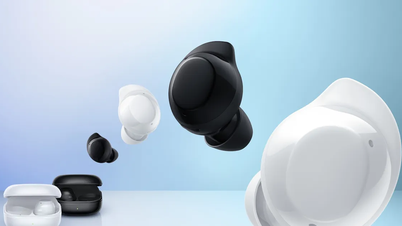










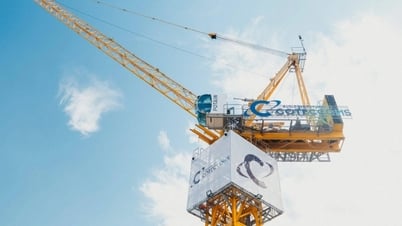

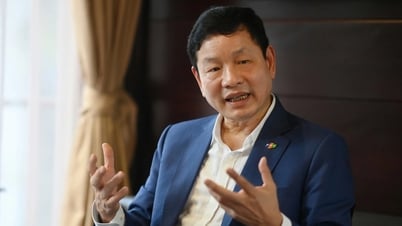



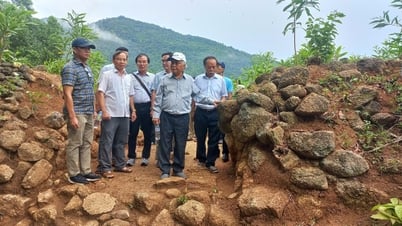




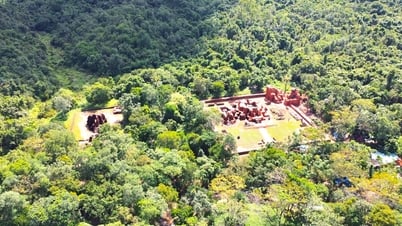

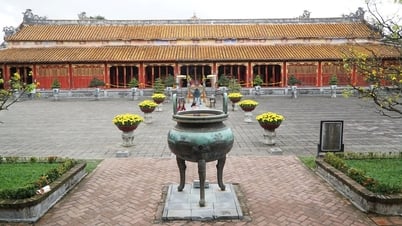


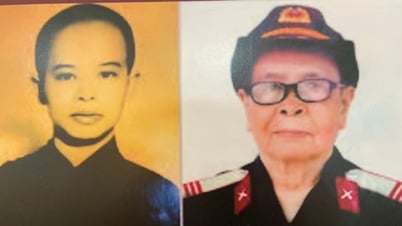




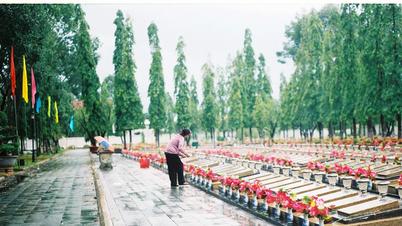
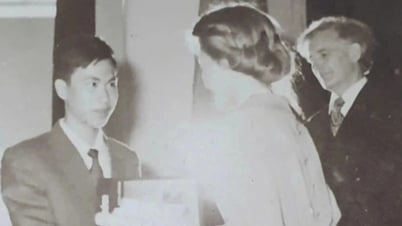
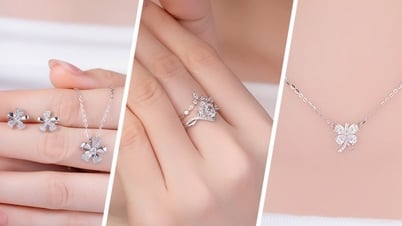




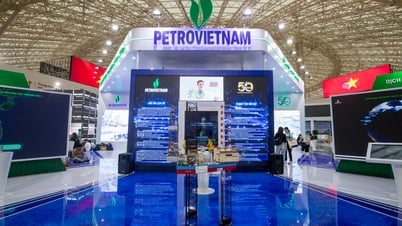






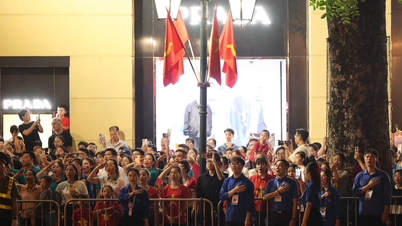

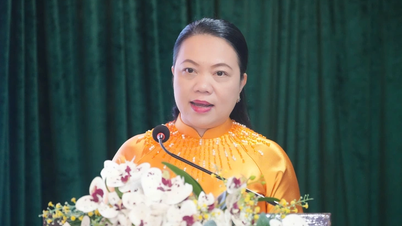
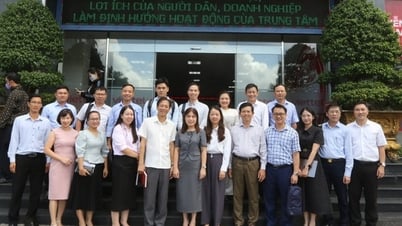






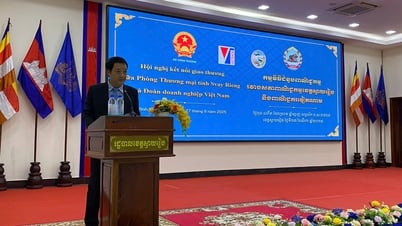

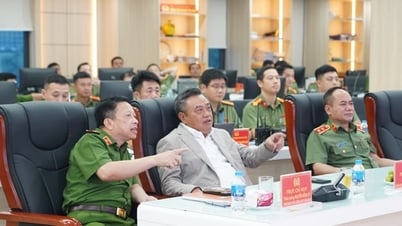

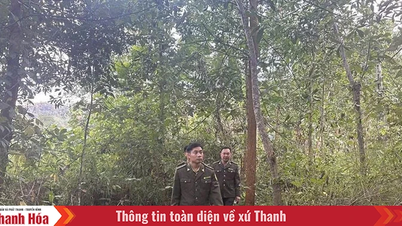
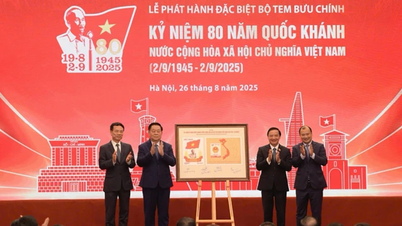

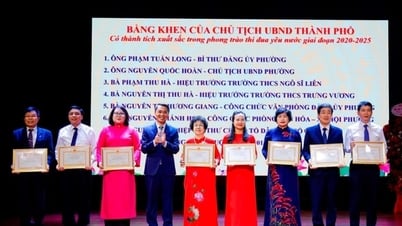


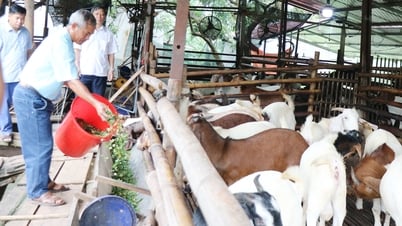












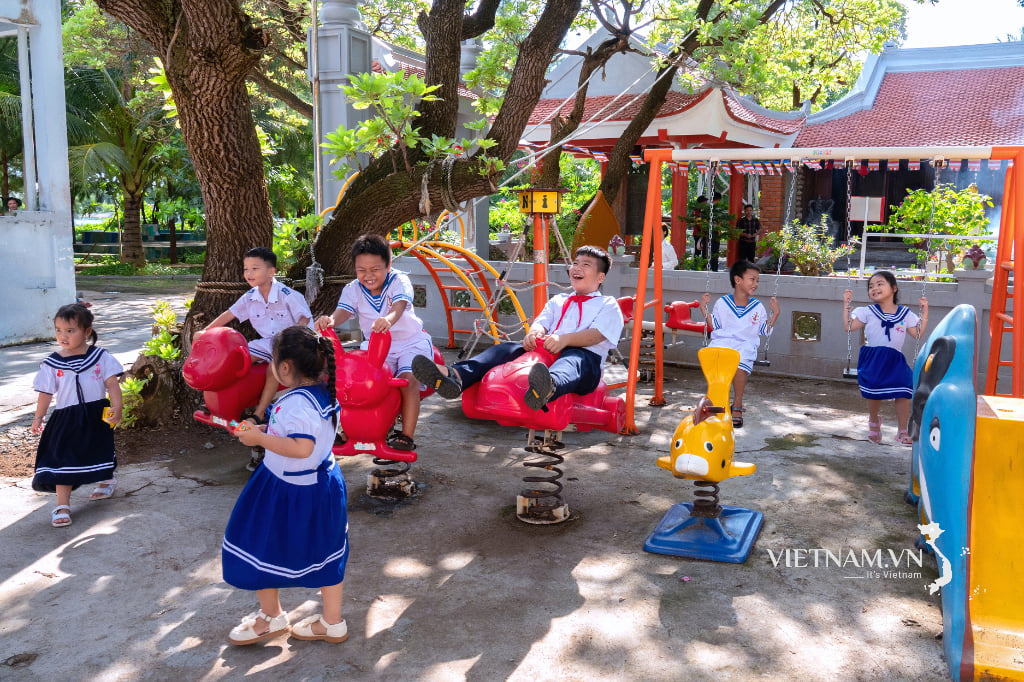
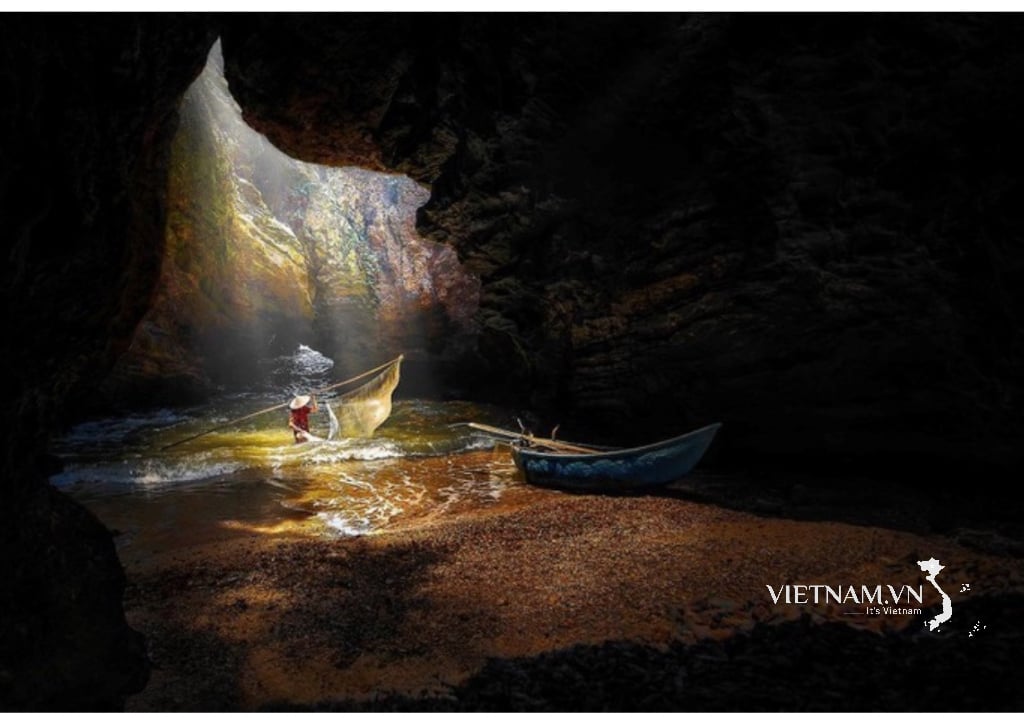


Comment (0)